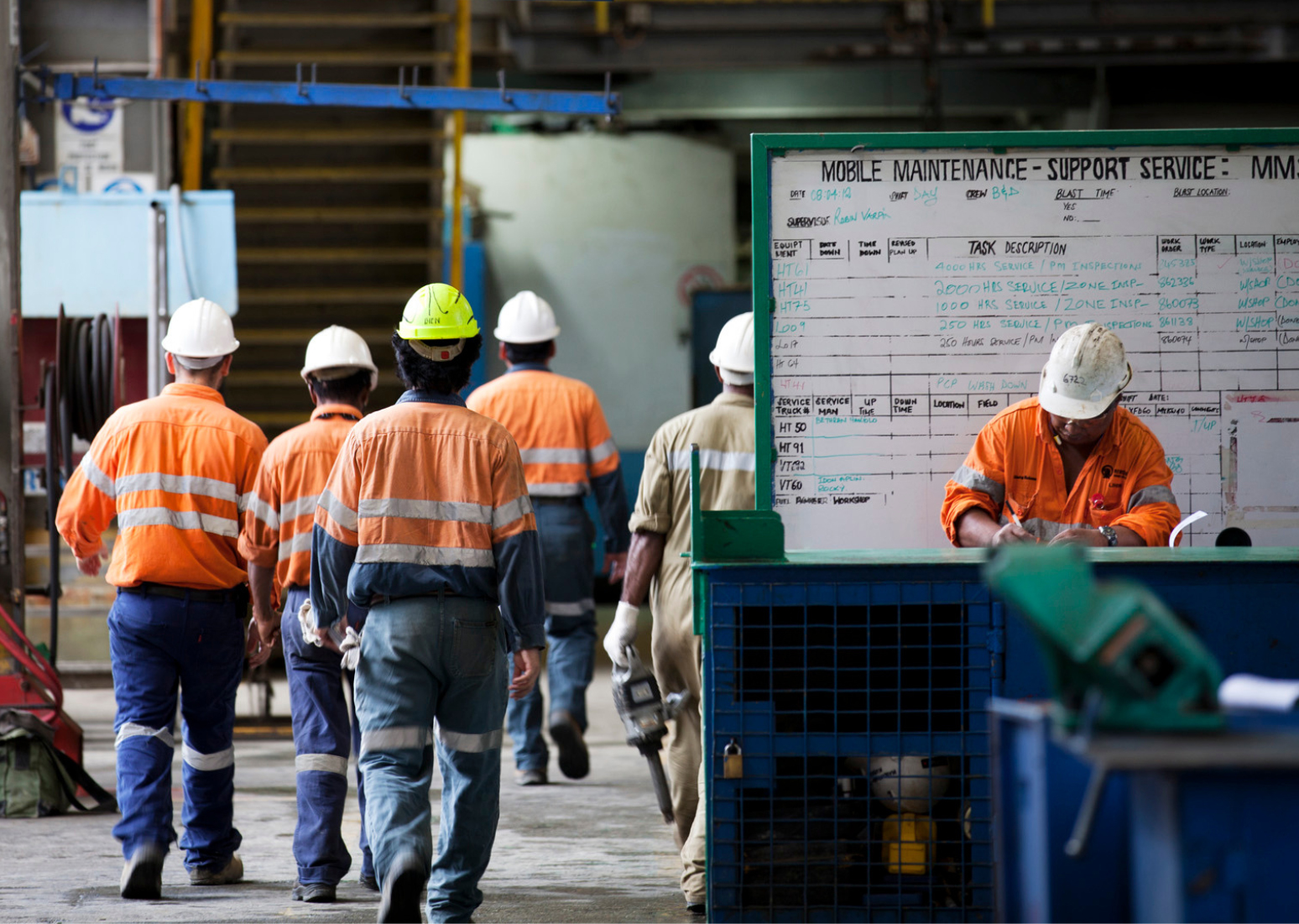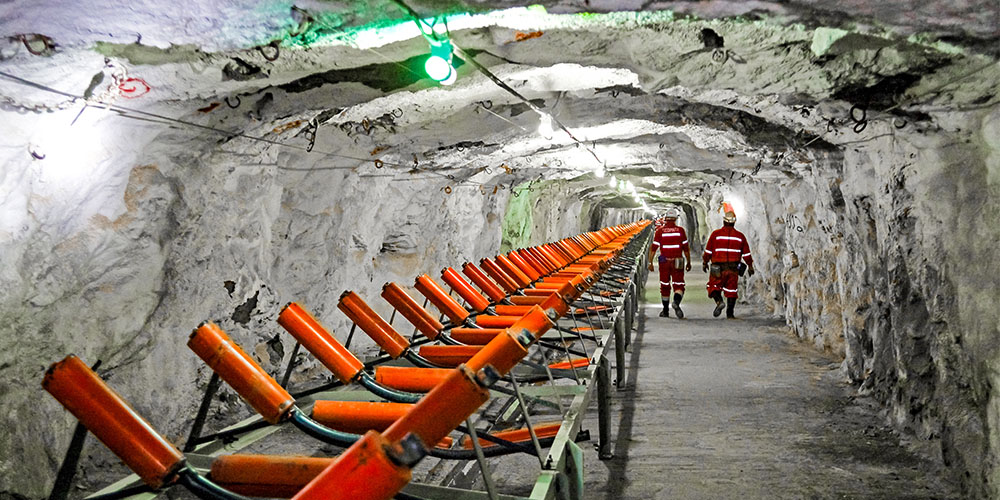On paper, contingent recruitment looks like a no-brainer for busy mine sites. No upfront fees. Multiple agencies competing to find talent. Fast access to CVs. What’s not to like? But when roles drag on for months, candidates go cold, or your mine gets pitched inconsistently to the same talent pool, the cracks start to show.
“It looks low-risk,” says Agata Sobolewska, Recruitment Delivery Manager – North America at Globe 24-7. “But in mining, when roles stay open for too long, the operational pressure often shifts onto the rest of the team. And that’s when problems start.”
With high demand for technical skills, limited internal bandwidth, and the realities of remote work and relocation, more mining companies are rethinking whether contingent recruitment is really working for them.
Why contingent still feels like the safe option
It’s easy to see why contingent models remain popular. There’s no cost unless a hire is made. There’s the ability to engage multiple agencies. And when internal teams are under pressure, more recruiters might feel like more support.
“It’s appealing because it looks flexible and risk-free,” says Agata, who oversees recruitment for large teams across the US and Canada. “But in practice, it’s often slower and less effective, especially for technical or remote roles.”
Recruiters working on a contingent basis often can’t afford to go deep. With no guarantee of success, time gets split across several roles, which means reduced focus, surface-level screening, and limited insight into what the hiring manager actually needs.
Delays, duplication and the impact on your brand
When multiple recruiters work the same role, candidates can receive several approaches for the same position, often with inconsistent or incomplete information.

“We’ve seen candidates get messages from four different recruiters for the same job,” Agata says. “It doesn’t look good—for us or the client.”
This kind of duplication confuses candidates and adds friction internally. Hiring managers review overlapping CVs from different sources, timelines get muddled, and feedback is hard to coordinate. Meanwhile, the role stays open.
It’s inefficient and harms your reputation as an employer. In the close-knit mining industry, complaints about poor candidate experience travel fast.
What’s the alternative?
Retained search is a good way to approach recruitment differently. Instead of a race and competition between recruiters, it’s a partnership where you get full focus and support. One recruiter is engaged exclusively and takes time to properly understand your team, the site conditions, and the kind of person who will succeed in the role.
“With retained, we talk to the hiring manager not just about the job, but the team, the camp, the lifestyle,” Agata explains. “That’s what candidates really want to know.”
It also opens the door to real-time adjustments. If the ideal candidate doesn’t exist, the brief can be rebalanced—more flexibility on location, experience, or salary. And because the process is collaborative, those changes don’t derail the timeline.
No, it’s not more expensive
You might assume that retained recruitment requires premium pricing. But the total cost is often the same as contingent, just paid in stages instead of all at the end.
A typical retained structure can involve a small upfront payment, another when the shortlist is delivered, and the final portion after placement. The recruiter stays fully engaged throughout, and the client gets better data, faster responses, and stronger candidates.
“You’re not paying more,” says Agata. “You’re just getting more when it comes to market insight, structured process, and a true partnership.”
Better conversations = lower risk
In her work with dozens of mining operations across North America in recruiting for large project ramp-ups, executive placements and one-off technical hires, Agata has seen placements fall over because conversations didn’t happen early enough. Sometimes it’s relocation that hasn’t been fully thought through. Other times, it’s lifestyle or family concerns that weren’t flagged.

“These are big life decisions. If we don’t take the time to understand what people need—professionally and personally—things can fall apart quickly.”
That’s why retained models put so much emphasis on culture fit. Recruiters have the space to map personal circumstances, probe for risks, and match based on long-term compatibility, not just qualifications.
It’s also why trust builds over time. A recruiter who understands the team and its dynamics can spot when a non-obvious candidate might be worth a second look. “Give this person 30 minutes,” Agata says. “They might surprise you.”
A smarter way to move quickly
Most mining roles are urgent. Contingent models promise speed, but actually introduce delays due to scattered ownership and lack of coordination.
“With the retained model, the recruitment firm will work until the role is filled,” says Agata. “Whether it takes three weeks or six months, we don’t walk away.”
Retained doesn’t mean slow. It means focused. One recruiter. One shortlist. One clear feedback loop. That clarity often makes the difference between a three-month delay and a two-week hire.
“You’re paying for expertise, insight, and time,” Agata says. “And in mining, where internal teams are stretched and roles are complex, that investment pays off.”

